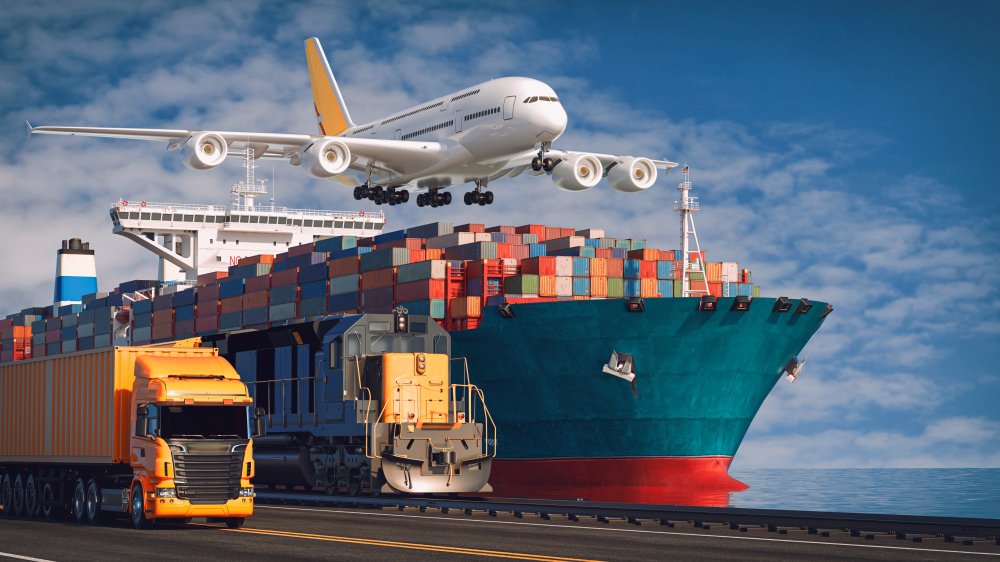In the fast-paced world of global trade, businesses are constantly seeking ways to optimize their supply chains for greater efficiency and cost savings. One strategy that has gained significant traction in recent years is multimodal transport.
Multimodal transport, as the name suggests, involves the use of two or more modes of transport to move goods from origin to destination under a single contract. This can include any combination of sea, air, rail, and road transport.
The Benefits of Multimodal Transport
Multimodal transport offers a compelling array of benefits for businesses involved in international trade:
- Cost Optimization: By strategically combining different modes of transport, businesses can often achieve significant cost savings compared to relying on a single mode. For example, sea freight is generally the most cost-effective option for long-distance transport of large volumes, while rail and road can be used for shorter distances and inland connections.
- Increased Efficiency: Multimodal transport can streamline the movement of goods, reducing handling times, delays, and administrative complexities. A single contract and a single point of contact simplify the process and improve coordination between different carriers.
- Improved Reliability: Combining different modes of transport can enhance the reliability of your supply chain. For example, if there are delays or disruptions in one mode of transport, such as a port congestion, alternative modes can be used to ensure that your goods reach their destination on time.
- Greater Flexibility: Multimodal transport offers greater flexibility in terms of routing, scheduling, and capacity. Businesses can choose the most appropriate mode of transport for each leg of the journey, depending on factors such as cost, speed, and the nature of the goods.
- Reduced Environmental Impact: By shifting some cargo from road to rail or sea, multimodal transport can help reduce carbon emissions and improve the environmental sustainability of your supply chain.
- Enhanced Security: Multimodal transport can improve the security of your cargo by reducing the number of times it is handled and transferred. This minimizes the risk of damage, loss, or theft.
- Access to More Markets: Multimodal transport can open up access to markets that are not easily accessible by a single mode of transport. For example, combining sea and rail transport can enable you to reach inland destinations that are far from seaports.
Key Considerations for Multimodal Transport
While multimodal transport offers numerous advantages, there are also some key considerations to keep in mind:
- Coordination and Planning: Multimodal transport requires careful coordination and planning to ensure seamless transitions between different modes of transport. This includes scheduling, documentation, and communication between carriers.
- Infrastructure: The availability and quality of transport infrastructure, such as ports, railways, and roads, can significantly impact the efficiency of multimodal transport.
- Regulations and Documentation: Different modes of transport are subject to different regulations and documentation requirements, which can add complexity to the process.
- Liability: It’s important to clarify liability issues in the single contract to ensure that there is clear responsibility for the goods throughout the entire journey.
- Technology: Utilizing technology solutions, such as tracking and tracing systems, can help improve visibility and control over multimodal shipments.
Conclusion
Multimodal transport is a powerful tool for businesses looking to optimize their global supply chains. By strategically combining different modes of transport, you can achieve significant cost savings, improve efficiency and reliability, and enhance the flexibility and sustainability of your logistics operations. As global trade continues to grow and supply chains become increasingly complex, multimodal transport is poised to play an even more important role in the future of international commerce.
